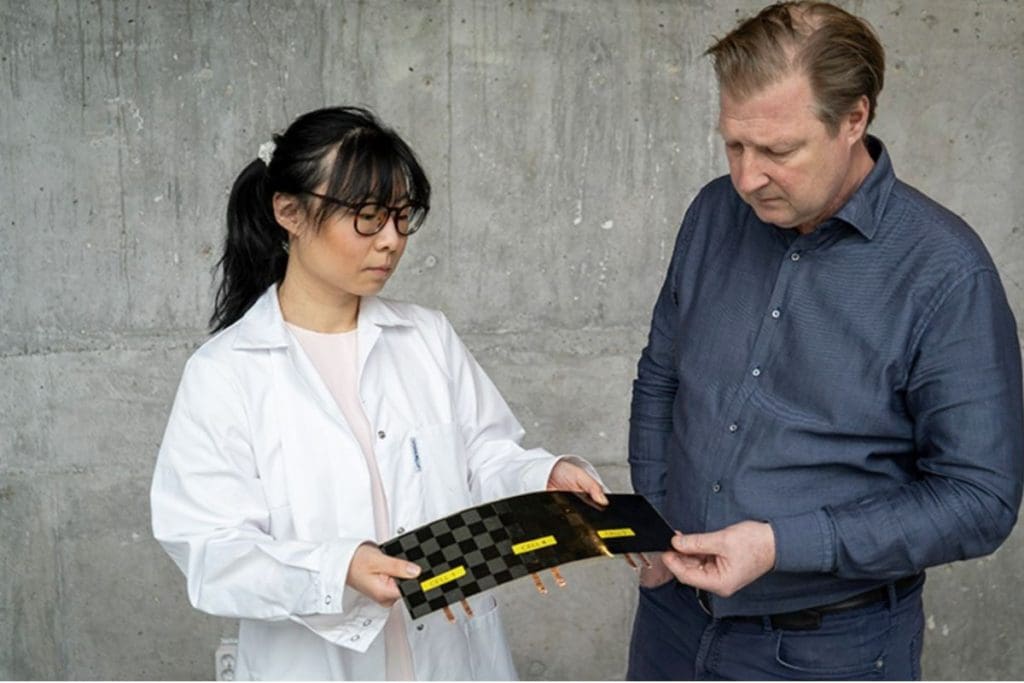How Bicycle Frames Could Become Batteries

Gothenburg / Sweden
One of the downsides of electric bicycles is that they’re heavier than conventional bikes. But imagine if the bicycle frame itself could also be the battery.
We’re not just talking about existing technology where batteries are now hidden inside the frame, sometimes with an exposed surface that blends in with the frame tube’s profile, but new technology where the frame structure is also the battery.
This may seem like science fiction, but the Chalmers University of Technology located in Gothenburg, the second largest city in Sweden, has just announced a breakthrough that has direct relevance for bicycles.
Carbon fibre is widely used in high-end bicycle frames, until now mainly for road and MTB racing and performance models. But even now some of the more expensive utilitarian bicycle designs are starting to come in carbon fibre frame options.
Less well known is the fact that carbon fibre can be used as a battery material.
In the test battery announced in late March 2021 by a Chalmers University research team, carbon fibre serves as the negative electrode, while the positive electrode is a lithium-iron-phosphate-coated aluminium foil. They’re separated by a fibreglass fabric, which also houses the electrolyte.
Researchers have been working on structural batteries since 2007, but the Chalmers researchers claim that this is the first with the potential to meet real-world targets for electrical properties and strength.
“Previous attempts to make structural batteries have resulted in cells with either good mechanical properties or good electrical properties,” Leif Asp, a Chalmers professor and project leader, said in a statement on 22nd March. “But here, using carbon fibre, we have succeeded in designing a structural battery with both competitive energy storage capacity and rigidity.”
At 24 watt-hours per kilogram, energy density is only about 20% that of current lithium-ion cells, researchers admitted. However they expect the potential weight savings from the use of carbon fibre and elimination of heavy standalone battery packs will require less energy.
Clearly there is a long way to go, and Chalmers have been working on this project for about a decade, even offering students courses in the subject.
But now the development has taken a real step forward, with researchers from Chalmers, in collaboration with KTH Royal Institute of Technology in Stockholm, presenting a structural battery with properties that far exceed anything yet seen, in terms of electrical energy storage, stiffness and strength. Its multifunctional performance is ten times higher than previous structural battery prototypes.
As you might expect, this major research project is not being done primarily with bicycles in mind. It has applications in electric cars and space satellites that are potentially much larger commercial markets, but bicycles will hopefully become a spin-off beneficiary.
Most of this article was previously published at greencarreports.com.
